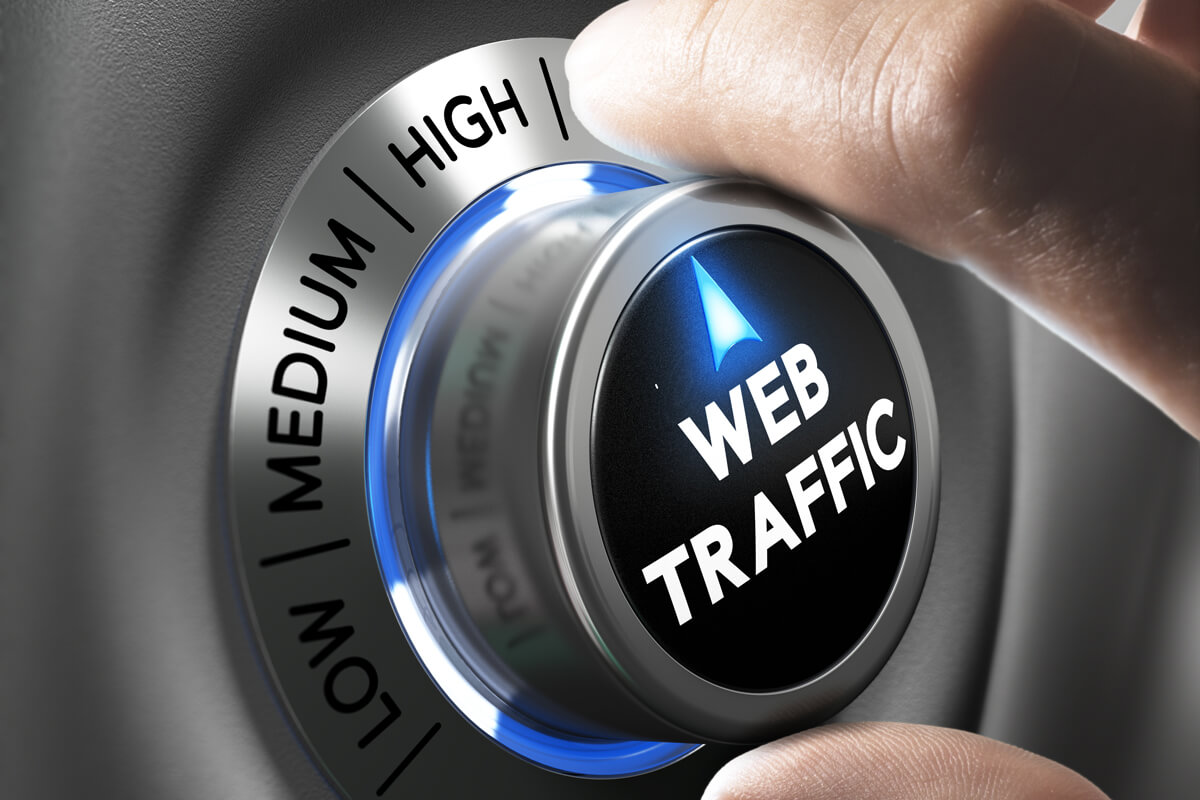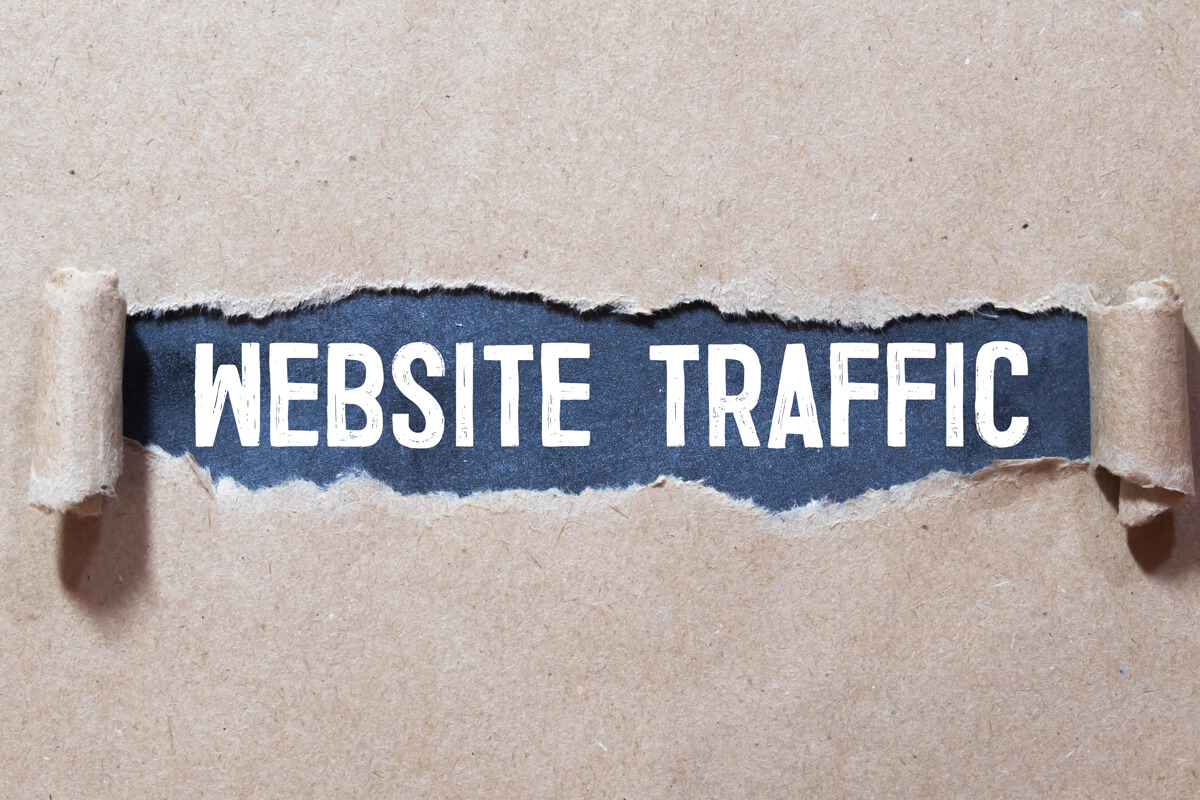Website speed is a critical component of user experience, and it will only become more important in the coming years. Google has stated that they use site speed as a ranking factor, and slower sites are likely to see a decrease in traffic.
There are a number of ways to optimize your site for speed, and we’ve outlined some of the most effective strategies below.
1. Use a Content Delivery Network (CDN)
A CDN is a network of servers that deliver content to users based on their geographical location. By using a CDN, you can ensure that your site’s content is delivered from a server close to the user, which can significantly improve loading times.
2. Optimize Your Images
Images are often the biggest culprit in slow loading times, so optimizing them for the web is essential. This means saving them in the appropriate file format (PNG or JPEG), and ensuring they’re not unnecessarily large.
Many tools can help you optimize your images, such as ImageOptim.
3. Minimize HTTP Requests
Every time users visit your site, their browser sends an HTTP request to your server. This request includes the files needed to load the page, such as CSS, JavaScript, and images.
The more files that are needed to load a page, the longer it will take. Therefore, minimizing the number of HTTP requests your site makes is important. One way to do this is by using a CSS file instead of inline CSS, as it requires fewer HTTP requests.
4. Use Caching
Caching stores frequently accessed files on the user’s computer, so they don’t have to be downloaded from the server whenever needed. This can dramatically improve loading times, as the user’s browser won’t need to send as many HTTP requests.
There are many ways to implement caching, but one of the simplest is to use a WordPress plugin like W3 Total Cache.
5. Minify Your Code
Minifying your code means removing all unneeded characters, such as whitespace, from your HTML, CSS, and JavaScript files. This can reduce file sizes by up to 70%, which can significantly improve loading times.
If you’re not a developer, this is one of those things that you may want to outsource and hire someone else to do for you.
6. Enable Gzip Compression
Gzip is a type of compression that reduces the size of your HTML, CSS, and JavaScript files. This can reduce file sizes by up to 90%, significantly improving loading times.
Your server typically enables gzip compression, but you may need to contact your host to ensure it’s turned on.
7. Use a Fast Web Host
Your web host plays a critical role in how fast your site loads, so choosing a reputable and fast host is essential. Try to avoid using hosts that affiliate marketers recommend, as they’re often slower and less reliable.
Instead, do your own research and read independent reviews to find the best host for your needs.
8. Monitor Your Site’s Performance
You can’t improve what you don’t measure, so keeping an eye on your site’s performance is essential. You can use several tools to do this, such as Google’s PageSpeed Insights or Pingdom.
These tools will help you identify areas that need improvement so that you can focus your efforts on the things that will have the biggest impact.
9. Implement AMP
AMP is a Google-backed project aiming to improve mobile web pages’ performance. It simplifies the code used to build pages and cache content on Google’s servers.
If you want to improve the speed of your mobile site, AMP is definitely something you should look into. Also, several plugins can help you implement AMP if you use WordPress.

10. Hire a Developer
Hiring a professional to help you optimize your site can be a good investment if you’re not a developer. A developer can identify areas that need improvement and implement the necessary changes.
Of course, this will cost you money, but it can be worth it if it significantly improves your site’s performance.
11. Track Your 404 Errors
A 404 error occurs when a user tries to access a page that doesn’t exist. This can happen if they type in the wrong URL or a link they clicked on is outdated.
It’s essential to track your 404 errors, as they can hurt the user experience. Additionally, they can cause your server to use up unnecessary resources.
There are several ways to track 404 errors, but one of the simplest is to use Google Analytics.
12. Make Sure Your Website is Responsive
Every year the number of mobile internet users increases, so it’s essential to make sure your site is responsive. This means it should be designed to work well on all devices, regardless of screen size.
Several themes are responsive out of the box if you’re using WordPress. Alternatively, you can hire a developer to help make your existing site more responsive.
13. Cut Down on the Fonts You Use
The fonts you use on your site can significantly impact its performance. This is because each font is a file that must be downloaded by the user’s browser.
So, if you’re using many different fonts, it will take longer for your pages to load. To improve performance, you should limit the number of fonts you use on your site.
Something else to keep in mind is that not all fonts are created equal. Some fonts are much heavier than others, so it’s important to choose lightweight fonts.
14. Get Rid of Poor Performing Plugins
If you’re using WordPress, chances are you have several plugins installed. While plugins can be great for adding features to your site, they can also hurt performance.
This is because each plugin adds code that needs to be run every time a page is loaded. So, if you have many plugins installed, it will take longer for your pages to load.
To improve performance, you should get rid of any plugins that are poorly coded or that you’re not using.
15. Use Asynchronous Loading for Scripts
When a web page is loaded, the browser must load all of the resources before displaying the page to the user. This includes things like images, CSS files, and JavaScript files.
If you have a lot of JavaScript code on your site, it can slow down the loading of your pages. To improve performance, you can use asynchronous loading for your scripts.
With asynchronous loading, the browser doesn’t have to wait for the JavaScript code to be loaded before displaying the page. This can make a big difference in the loading times of your pages.
16. Add Lazy Loading for Images
Lazy loading is a technique that can be used to enhance the performance of your site. With lazy loading, images are only loaded when they’re needed.
So, if a user scrolls down a page, only the visible images will be loaded. This can reduce the number of HTTP requests and save bandwidth.
If you’re using WordPress, several plugins can help you add lazy loading to your site. Lazy loading is a great way to improve your site’s performance, especially if you have a lot of images.
17. Use a CMS if You Aren’t Already Using One
CMS stands for content management system. A CMS is a platform you can use to build and manage your website.
If you’re not using a CMS, you’re probably using HTML to build your site. Unfortunately, this can be time-consuming, and it’s not the best way to manage a website.
A CMS will make it easy to add, edit, and delete content on your site. It will also make it easy for you to add features to your site without having to write code.
If you’re not using a CMS, you should consider switching to one. A CMS such as WordPress is free, and it will make it easy for you to manage your site.
Conclusion
Site speed matters. Period. No matter what industry you’re in or how big your company is, you need to have a fast website if you want to be successful online. Not only does site speed impact your bottom line, but it also affects your SEO rankings, conversion rates, and overall user experience.
Fortunately, there are several things you can do to speed up your site. In this article, we’ve covered some of the best strategies for improving website speed.
So, if you want to improve your site’s performance, implement some of these strategies. Your users, and your bottom line, will thank you.
Table of Contents
- 1. Use a Content Delivery Network (CDN)
- 2. Optimize Your Images
- 3. Minimize HTTP Requests
- 4. Use Caching
- 5. Minify Your Code
- 6. Enable Gzip Compression
- 7. Use a Fast Web Host
- 8. Monitor Your Site’s Performance
- 9. Implement AMP
- 10. Hire a Developer
- 11. Track Your 404 Errors
- 12. Make Sure Your Website is Responsive
- 13. Cut Down on the Fonts You Use
- 14. Get Rid of Poor Performing Plugins
- 15. Use Asynchronous Loading for Scripts
- 16. Add Lazy Loading for Images
- 17. Use a CMS if You Aren’t Already Using One
- Conclusion
Share on
Website speed is a critical component of user experience, and it will only become more important in the coming years. Google has stated that they use site speed as a ranking factor, and slower sites are likely to see a decrease in traffic.
There are a number of ways to optimize your site for speed, and we’ve outlined some of the most effective strategies below.
1. Use a Content Delivery Network (CDN)
A CDN is a network of servers that deliver content to users based on their geographical location. By using a CDN, you can ensure that your site’s content is delivered from a server close to the user, which can significantly improve loading times.
2. Optimize Your Images
Images are often the biggest culprit in slow loading times, so optimizing them for the web is essential. This means saving them in the appropriate file format (PNG or JPEG), and ensuring they’re not unnecessarily large.
Many tools can help you optimize your images, such as ImageOptim.
3. Minimize HTTP Requests
Every time users visit your site, their browser sends an HTTP request to your server. This request includes the files needed to load the page, such as CSS, JavaScript, and images.
The more files that are needed to load a page, the longer it will take. Therefore, minimizing the number of HTTP requests your site makes is important. One way to do this is by using a CSS file instead of inline CSS, as it requires fewer HTTP requests.
4. Use Caching
Caching stores frequently accessed files on the user’s computer, so they don’t have to be downloaded from the server whenever needed. This can dramatically improve loading times, as the user’s browser won’t need to send as many HTTP requests.
There are many ways to implement caching, but one of the simplest is to use a WordPress plugin like W3 Total Cache.
5. Minify Your Code
Minifying your code means removing all unneeded characters, such as whitespace, from your HTML, CSS, and JavaScript files. This can reduce file sizes by up to 70%, which can significantly improve loading times.
If you’re not a developer, this is one of those things that you may want to outsource and hire someone else to do for you.
6. Enable Gzip Compression
Gzip is a type of compression that reduces the size of your HTML, CSS, and JavaScript files. This can reduce file sizes by up to 90%, significantly improving loading times.
Your server typically enables gzip compression, but you may need to contact your host to ensure it’s turned on.
7. Use a Fast Web Host
Your web host plays a critical role in how fast your site loads, so choosing a reputable and fast host is essential. Try to avoid using hosts that affiliate marketers recommend, as they’re often slower and less reliable.
Instead, do your own research and read independent reviews to find the best host for your needs.
8. Monitor Your Site’s Performance
You can’t improve what you don’t measure, so keeping an eye on your site’s performance is essential. You can use several tools to do this, such as Google’s PageSpeed Insights or Pingdom.
These tools will help you identify areas that need improvement so that you can focus your efforts on the things that will have the biggest impact.
9. Implement AMP
AMP is a Google-backed project aiming to improve mobile web pages’ performance. It simplifies the code used to build pages and cache content on Google’s servers.
If you want to improve the speed of your mobile site, AMP is definitely something you should look into. Also, several plugins can help you implement AMP if you use WordPress.

10. Hire a Developer
Hiring a professional to help you optimize your site can be a good investment if you’re not a developer. A developer can identify areas that need improvement and implement the necessary changes.
Of course, this will cost you money, but it can be worth it if it significantly improves your site’s performance.
11. Track Your 404 Errors
A 404 error occurs when a user tries to access a page that doesn’t exist. This can happen if they type in the wrong URL or a link they clicked on is outdated.
It’s essential to track your 404 errors, as they can hurt the user experience. Additionally, they can cause your server to use up unnecessary resources.
There are several ways to track 404 errors, but one of the simplest is to use Google Analytics.
12. Make Sure Your Website is Responsive
Every year the number of mobile internet users increases, so it’s essential to make sure your site is responsive. This means it should be designed to work well on all devices, regardless of screen size.
Several themes are responsive out of the box if you’re using WordPress. Alternatively, you can hire a developer to help make your existing site more responsive.
13. Cut Down on the Fonts You Use
The fonts you use on your site can significantly impact its performance. This is because each font is a file that must be downloaded by the user’s browser.
So, if you’re using many different fonts, it will take longer for your pages to load. To improve performance, you should limit the number of fonts you use on your site.
Something else to keep in mind is that not all fonts are created equal. Some fonts are much heavier than others, so it’s important to choose lightweight fonts.
14. Get Rid of Poor Performing Plugins
If you’re using WordPress, chances are you have several plugins installed. While plugins can be great for adding features to your site, they can also hurt performance.
This is because each plugin adds code that needs to be run every time a page is loaded. So, if you have many plugins installed, it will take longer for your pages to load.
To improve performance, you should get rid of any plugins that are poorly coded or that you’re not using.
15. Use Asynchronous Loading for Scripts
When a web page is loaded, the browser must load all of the resources before displaying the page to the user. This includes things like images, CSS files, and JavaScript files.
If you have a lot of JavaScript code on your site, it can slow down the loading of your pages. To improve performance, you can use asynchronous loading for your scripts.
With asynchronous loading, the browser doesn’t have to wait for the JavaScript code to be loaded before displaying the page. This can make a big difference in the loading times of your pages.
16. Add Lazy Loading for Images
Lazy loading is a technique that can be used to enhance the performance of your site. With lazy loading, images are only loaded when they’re needed.
So, if a user scrolls down a page, only the visible images will be loaded. This can reduce the number of HTTP requests and save bandwidth.
If you’re using WordPress, several plugins can help you add lazy loading to your site. Lazy loading is a great way to improve your site’s performance, especially if you have a lot of images.
17. Use a CMS if You Aren’t Already Using One
CMS stands for content management system. A CMS is a platform you can use to build and manage your website.
If you’re not using a CMS, you’re probably using HTML to build your site. Unfortunately, this can be time-consuming, and it’s not the best way to manage a website.
A CMS will make it easy to add, edit, and delete content on your site. It will also make it easy for you to add features to your site without having to write code.
If you’re not using a CMS, you should consider switching to one. A CMS such as WordPress is free, and it will make it easy for you to manage your site.
Conclusion
Site speed matters. Period. No matter what industry you’re in or how big your company is, you need to have a fast website if you want to be successful online. Not only does site speed impact your bottom line, but it also affects your SEO rankings, conversion rates, and overall user experience.
Fortunately, there are several things you can do to speed up your site. In this article, we’ve covered some of the best strategies for improving website speed.
So, if you want to improve your site’s performance, implement some of these strategies. Your users, and your bottom line, will thank you.





